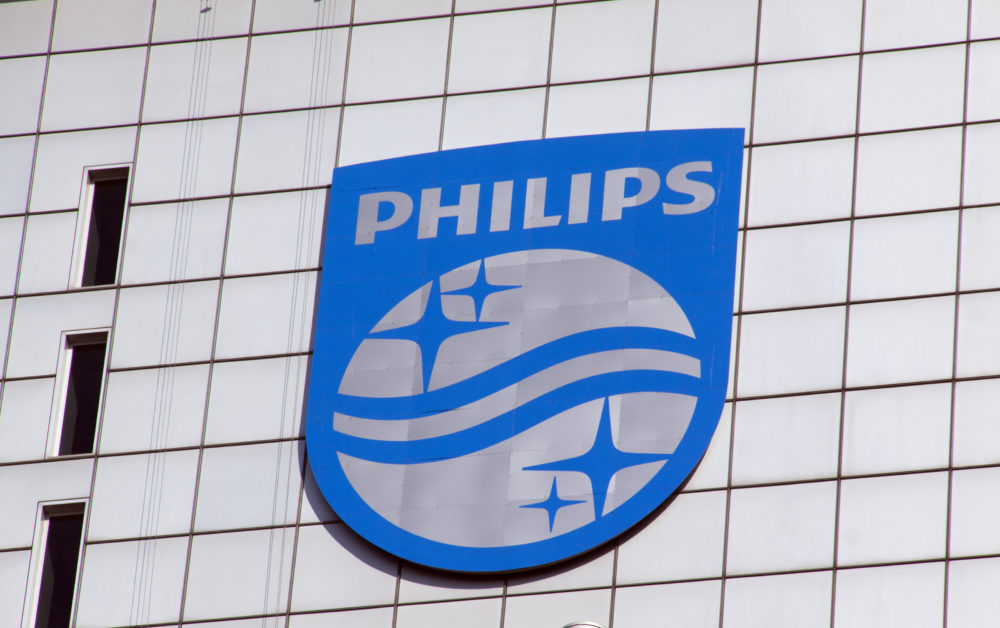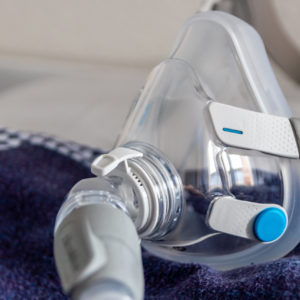Philips Files Counterclaim Alleging SoClean Ozone Cleaners Had Potential to “Eat Away” at CPAP Machines from the Inside
In response to a SoClean lawsuit filed against Philips, the manufacturer of recalled CPAP machines has filed a counterclaim alleging that SoClean knew it's ozone cleaners were incompatible with the Philips breathing machines.

While facing tens of thousands of CPAP lawsuits brought by users of their sleep apnea machines diagnosed with cancer, respiratory and other lung damage caused by toxic sound abatement foam inside it’s devices, Philips Respironics has filed a lawsuit against SoClean manufacturers, alleging that the ozone cleaners were recklessly promoted as “compatible” with Phillips machines, despite knowledge that they may “eat away” at the foam inside the CPAPs.
SoClean, Inc. has marketed its devices to help sterilize and deodorize CPAP machines, which are used by millions of Americans to treat obstructive sleep apnea and help them breath while sleeping. To be effective at cleaning the CPAP machines, SoClean uses high levels of ozone gas, which has been linked to concerns about potential health risks for consumers, especially when the devices are used in a confined space.
Questions about the safety of SoClean began to emerge in the aftermath of a Philips CPAP recall announced in June 2021, which impacted millions of DreamStation, CPAP, BiPAP and mechanical ventilators sold with a polyester-based polyurethane (PE-PUR) sound abatement foam, which was found to be prone to degrade and release toxic chemical and particles directly into the machine’s air pathways.
Former users of the recalled CPAP machines are now pursuing product liability claims against Philips, alleging that it failed to disclose problems with the devices, which have been blamed for causing various types of cancer, pulmonary injuries, lung scarring and other side effects from breathing the CPAP foam. However, there have also been lawsuits between Philips and SoClean, over the role the ozone cleaners played in the degradation of the machines.

Philips CPAP Recall Lawsuit
Millions of recalled Philips DreamStation, CPAP, BiPAP and ventilator machines may release toxic foam particles and chemicals into the air pathway.
Learn More About this Lawsuit See If You Qualify For CompensationPhilips Blamed SoClean for CPAP Recall
At the time of the recall, Philips made a number of statements that suggested the CPAP foam problems may be linked to use of ozone cleaning devices, such as SoClean, which could exacerbate the breakdown of the foam inside the machine.
In response to those claims, a SoClean lawsuit was filed against Philips months after the recall, indicating that “inexcusable design flaws” in the CPAP machines were the actual cause of the recall, not the ozone cleaning process.
Around the same time, a series of SoClean class action lawsuits were filed, alleging that consumers were not adequately warned about the high levels of ozone used by the devices to sterilize and deodorize CPAP machines, indicating that SoClean deceptively marketed the toxic gas as “activated oxygen”.
Ultimately, the U.S. Food and Drug Administration (FDA) issued a SoClean recall in November 2023, after determining that more than 7,400 complaints of problems had been linked to the ozone cleaning devices, including adverse event reports involving mildew smells, excessive ozone emissions, coughing and other health problems. The action required the manufacturer to publish a new User Manual, as well as provide a hose and mask adapter used to prevent ozone-related illnesses.
Given common questions of fact and law raised in complaints filed throughout the federal court system, all Philps CPAP and SoClean lawsuits have been centralized before U.S. District Judge Joy Flowers Conti in the Western District of Pennsylvania, who is presiding over coordinated discovery and pretrial proceeding for claims against the manufacturers in two separate multidistrict litigations (MDLs).
SoClean and Philips Counterlawsuits
Last week, Philips filed a counterclaim (PDF) against SoClean, indicating that the company knew its ozone cleaning devices were toxic and incompatible with CPAP machines, potentially causing materials inside to degrade, such as the sound abatement foam.
“Since 2014, and up until its 2023 FDA recall, SoClean has recklessly and unlawfully promoted the fiction that its ozone cleaning devices are “compatible” with the CPAPs and BiPAPs designed and manufactured by Philips RS North America LLC when the reality is precisely the opposite,” the counterclaim states. “Contrary to SoClean’s repeated representations of compatibility, SoClean knew that its ozone cleaners had the potential to eat away at Philips Respironics’ PAPs from the inside.”
The counterclaim alleges that SoClean knew since at least 2015 that its devices were not compatible with Philips CPAP devices, but continued to promote them to consumers and distributors.
“SoClean convinced many of these consumers to pay hundreds of dollars, to buy something they did not need, for something that could in turn damage something they did need (the PAP itself),” Philips states.
The counterclaim by Philips presents claims of false advertising, federal trademark dilution and deceptive trade practices.
January 2024 Philips CPAP Lawsuit Update
The legal exchanges between Philips and SoClean will have little impact on the massive liability the CPAP manufacturer faces following the recall, including both personal injury claims and class action claims seeking reimbursements for owners of the machines.
In September 2023, Philips announced it will pay at least $445 million in a CPAP recall settlement intended to cover economic damages incurred by individuals who bought, rented or leased one of the impacted devices, with another $34 million paid to health insurance companies and others who reimbursed users to replace machines after the recall.
The settlement does not resolve any of the tens of thousands of individual claims being pursued by former users who have been diagnosed with specific cancers, pulmonary fibrosis, sarcoidosis, lung disease, liver disease, kidney disease and other injuries alleged caused by breathing toxic particles released as the CPAP foam broke down.
As part of the coordinated management of litigation pending before Judge Conti, a Philips CPAP lawsuit bellwether process has been established, where small groups of representative claims will be prepared for early trial dates to help gauge how juries may respond to certain evidence and testimony that will be repeated throughout the litigation.
While the outcome of these early trials will not have any binding impact on other plaintiffs, the average Philips CPAP lawsuit payout amounts awarded by juries are likely to have a big influence on how much the manufacturer will pay to settle personal injury claims, to avoid the need for each claim to be remanded to different U.S. District Courts nationwide for separate trial dates in the future.
Want a weekly update on top lawsuits, recalls & warnings?
"*" indicates required fields






0 Comments